Sustainable Design: Integrating Recycled Materials
Lifecycle Thinking: Turning Waste Into a Design Resource
Sketch how materials enter and leave your project: packaging, prototypes, offcuts, and post-use. By making flows visible, you reveal opportunities to swap virgin inputs for recycled materials. Share your mapping wins in the comments so others can learn from your process.
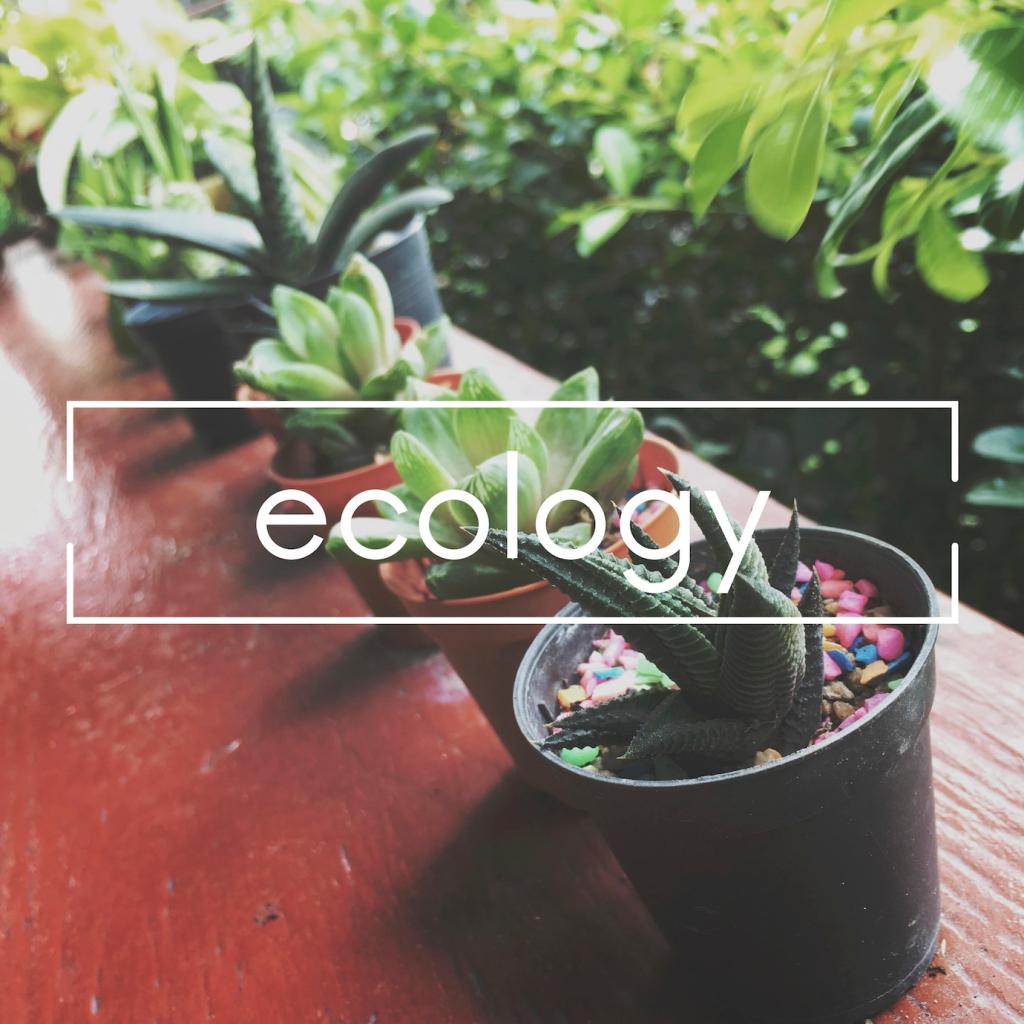
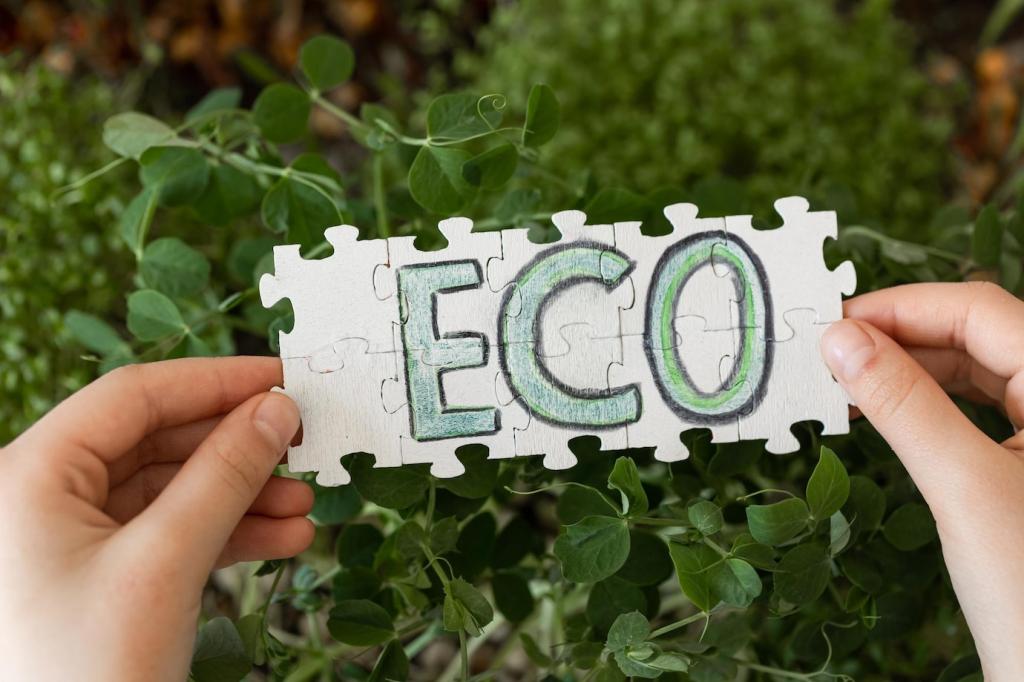
Lifecycle Thinking: Turning Waste Into a Design Resource
Prioritize reversible joints, modular parts, and clear labeling so components can be separated for future recycling. This reduces contamination and increases the chance your design’s next life is higher-value. Subscribe for templates that make disassembly documents quick and client-friendly.
Recycled PET can become translucent sheets, acoustical panels, or yarn for performance textiles. It accepts heat forming and laser cutting, enabling expressive geometries. Comment with your favorite rPET application, and we will spotlight it in an upcoming newsletter.
Recycled Plastics: From Bottle to Beautiful
Metals and Glass: Recycled Strength Without Compromise
Aluminum with a high share of post-consumer scrap can deliver excellent strength-to-weight ratios. Ideal for frames, fixtures, and enclosures, it machines cleanly and finishes beautifully. Subscribe for our forthcoming finishing comparison to choose between anodizing and powder coating.
Metals and Glass: Recycled Strength Without Compromise
Electric arc furnace steel often incorporates significant scrap content. Specify mill certifications to verify inputs and mechanical properties. Tell us which regional mills you trust, and we will compile a community map of reliable, transparent suppliers.
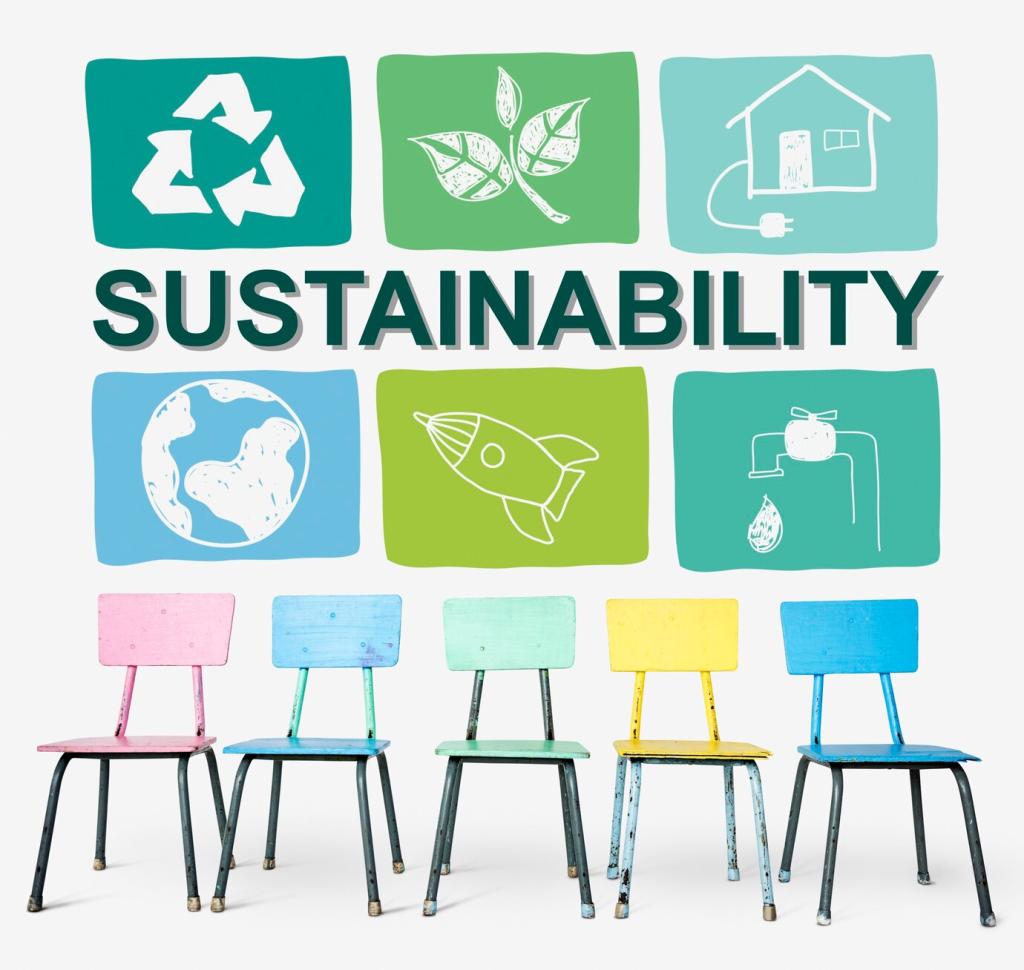

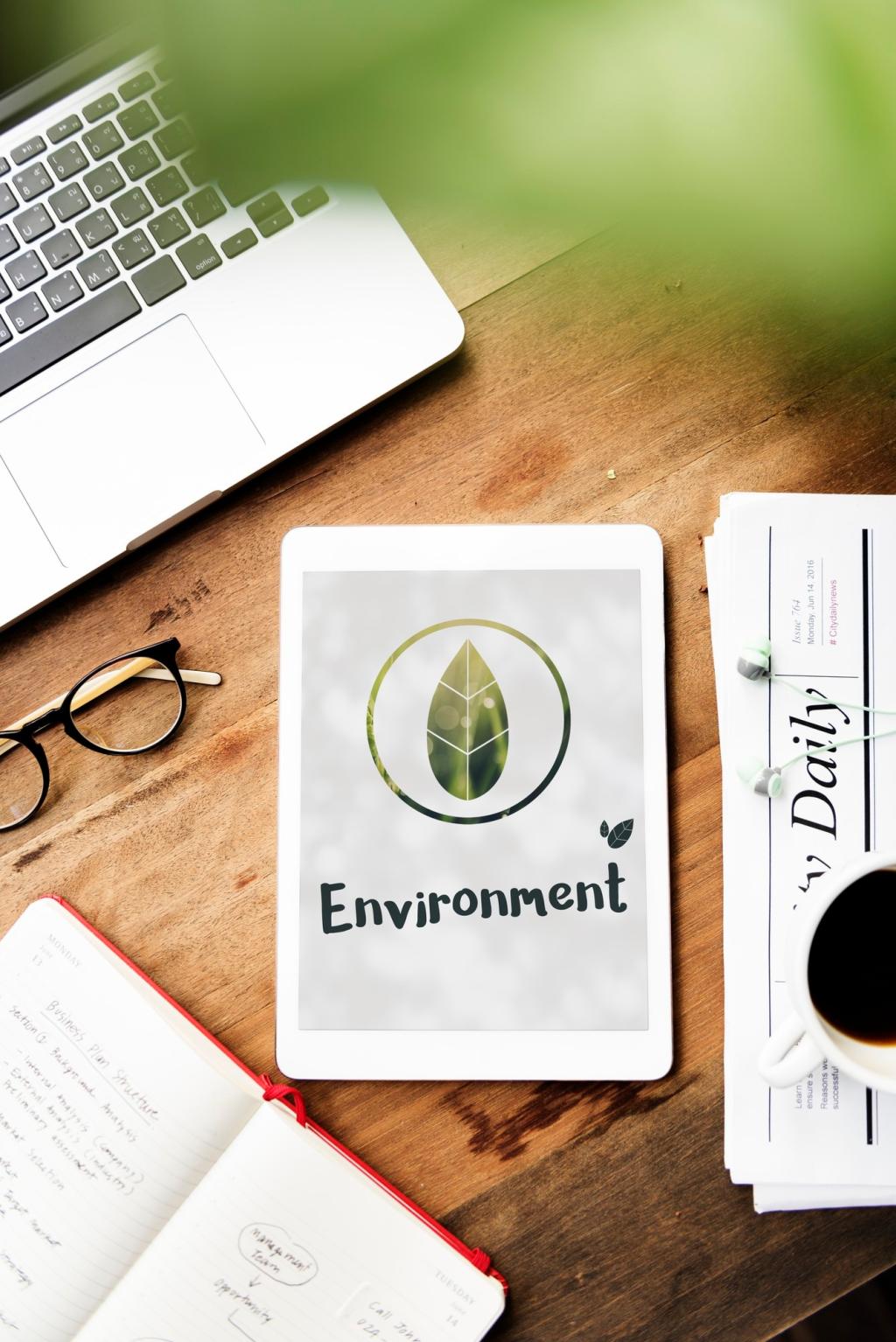
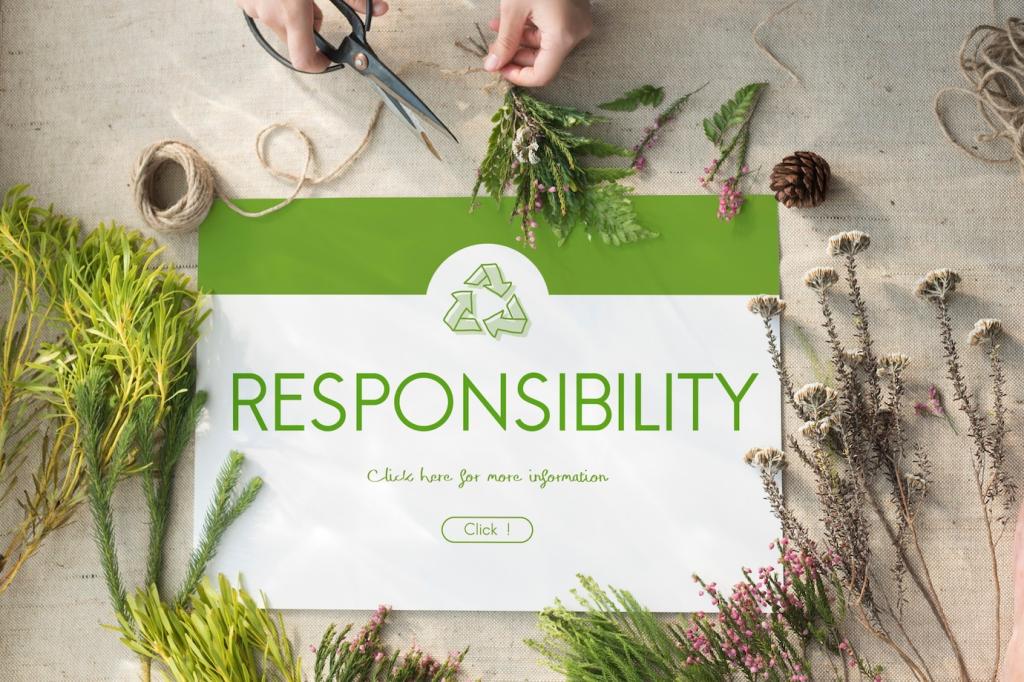
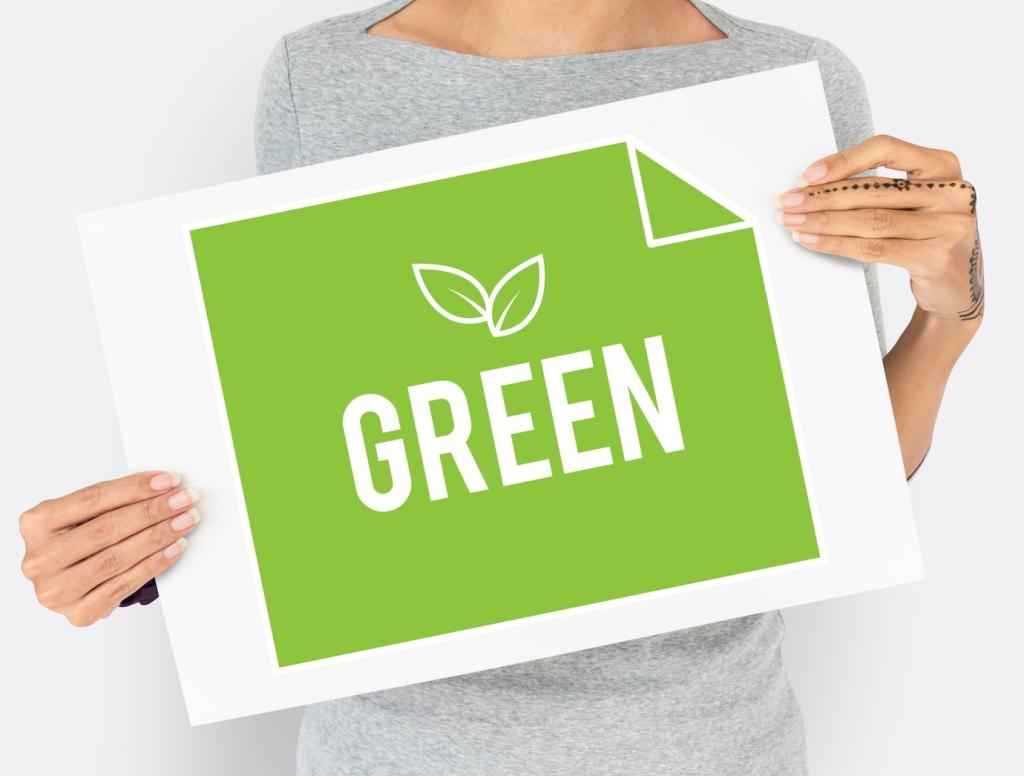
Prototype, Test, Iterate: Proof Before Scale
01
Use modular jigs, reversible fasteners, and digital mockups to minimize sacrificial cuts. Salvage offcuts for small components or educational kits. Comment with your go-to techniques for reclaiming prototype scraps and we will aggregate a practical checklist.
02
Test for strength, fire behavior, VOC emissions, and durability relevant to your application. Request supplier data sheets to align expectations early. Tell us which certifications you target, and we will assemble a step-by-step route to compliance.
03
Even simple spreadsheets can reveal hotspots. Update assumptions as suppliers change energy mixes or transport routes. If you want our lightweight LCA template, subscribe, and we will send the newest version refined by reader feedback.
Supply Chains and Partnerships: Building a Circular Network
Local Sourcing and Logistics
Shorter distances often mean lower impacts and more reliable timelines. Visit facilities, meet teams, and understand sorting practices. Share your regional discoveries—processors, reclaimers, and haulers—so we can create a living directory of circular partners.
Documentation and Certifications
Request declarations for recycled content, chain-of-custody evidence, and safety data. Clear documentation accelerates approvals and client confidence. Comment with forms your teams find most useful, and we will publish adaptable templates shaped by the community.
Long-Term Agreements and Take-Backs
Negotiate contracts that include guaranteed minimum recycled content and end-of-life take-back. These commitments stabilize pricing and supply. Tell us what clauses worked for you, and we will compile negotiation tips for circular procurement.
A Workshop Anecdote
Our team once turned mixed plastic lids into café tabletops, cataloging every color as a memory of local gatherings. When the café opened, patrons searched for familiar hues. Share your favorite reuse stories, and we will feature them in our next edition.
Community Collection Days
Partner with schools and neighborhood groups to gather clean, sorted feedstock. These events teach material literacy and reveal regional opportunities. If you are planning one, comment with your date and city so nearby readers can pitch in and learn.
Invite Feedback, Join the Journey
Tell us what challenges you face integrating recycled materials: sourcing, finishes, or testing. Your questions shape our upcoming guides, interviews, and case studies. Subscribe and reply with a photo of your latest prototype to inspire fellow designers worldwide.
Join our mailing list
